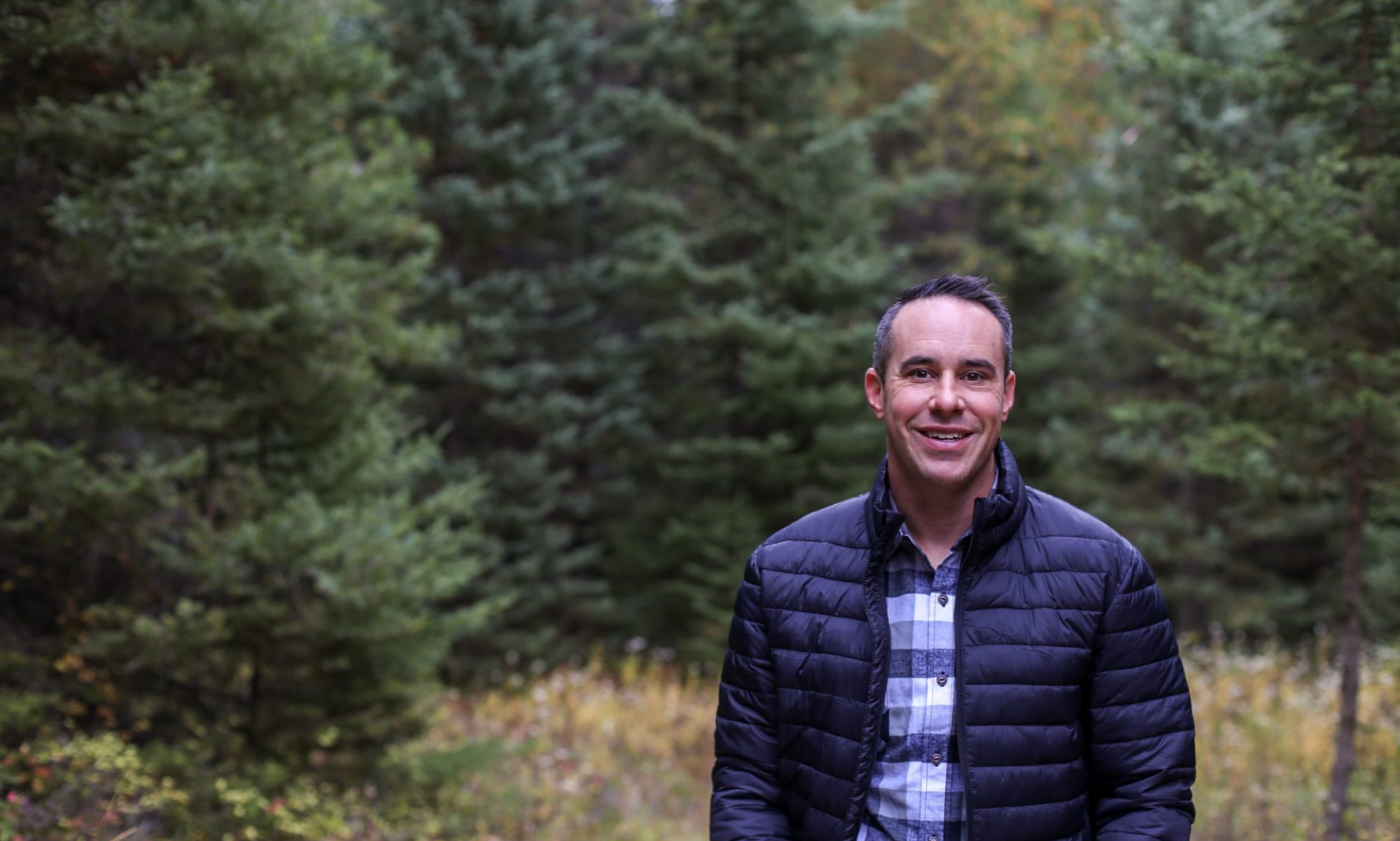
In chapter three in of Nehemiah, at first glance you we read about a unique situation, Israel was working together to rebuild the wall. This task was not small as the perimeter around the city of Jerusalem consisted of almost 2 ½ miles of destroyed wall with multiple gates that needed to be rebuilt. You see the systematic approach to the rebuilding as the narrative goes from the northern part of the wall, to the western side, and to the eastern.
What is unique was not just the rebuilding of this broken-down wall but all who helped with the rebuild. There is a phrase that is written several times in this chapter, “Next to him.” It required many people working side by side to accomplish this big project.We read that there were people working who lived in different locations. Some in the city, some outside the city. There were different backgrounds. Some were builders and some that were not. Some were goldsmiths and some were perfumers (8). There were priests and Levites with lay people. There were merchants and rulers (32). The wealthy with the not so wealthy working side by side. The blue collar sweating with the white collar. And, it was not just men but also women working (12).
Everyone stepped out of their area of expertise because there was a greater need. They looked beyond their comforts, their identities of work, they looked past themselves. There was unity despite their diversity.
They realized that without the wall, the city would be vulnerable. Even if there were parts of the wall left undone, the whole city would be vulnerable. This effected everyone, time was of the essence, and they needed to serve one another. They had one goal, everyone had the same mind to work (Nehemiah 4:6). Their protection, their future, it all depended on getting this wall built. Since there was a threat it was detrimental to get the wall finished.
Israel was united despite their diversity and this reminds me of the church. The church, is more than just a building. The church is made up of diverse and unique lovers of Jesus Christ who are united in Jesus Christ.
The Bible says that Christians are like branches part of one vine (John 15) with the goal of bearing fruit. Or, the church is a family- Adopted sons and daughter to God all for glory of the Father. The church, though many members are one body.
We are one body:
The Bible gives us this great picture, “For just as the body is one and has many members, all the members of the body, though are many, are one body, so it is with Christ. For the body does not consist of one member but of many” (1 Corinthians 12:12, 14)
As the body of Christ, we are not called to isolation but to community. The Gospel not only save us, but the Gospel also unites us.
We can look beyond the things that make us different because we are united with Christ eternally. This unites us though in the world there is division, racially and economically. We have more in common with each other because of Jesus than we have in differences.
We are called to Unity:
Ed Stetzer in his book called Transformational Groups, and he talking about the idea and heart behind groups in the church, gives this great illustration:
“Just north of San Francisco you can go to Muir Woods, an incredible forest of Sequoia trees.
Sequoias are sometimes referred to as the largest living things on earth, reaching almost 250 feet in the air and standing for as many as fifteen hundred years.
When you stand before their enormous trunks and beneath a canopy more than twenty stories above you, it’s hard not to feel tiny and envious at the same time. If you could have a conversation with one, would you not want to ask, “How? How have done it? How have you stood strong though all the storms of life, all the difficult situations? How have you not toppled?”
Their response may be surprising.
You would probably assume that deep roots would be the fundamental reason the Sequoias could date back to a few decades from the collapse of the Roman Empire. That is not the case at all, however, as each tree’s roots grow only about four feet in the ground. While going deeper helps many trees remain upright, the Sequoia has not overcome the difficulties of life because of depth.
The answer doesn’t lie down below in the earth but all around the tree. If you looked around, you would notice the Sequoia trees grow only in groves. While their roots go only about four feet deep into the ground, their roots intermingle with the other Sequoias next to them. One tree has other trees surrounding it, supporting it and keeping it strong. No Sequoia grows alone!”
This is true of the church. We see how the early church had everything in common (Acts 2:42—45). The all things common, was beyond the shared resources, it was the idea that everything they had was used for the greater purpose.
I agree with A. W. Tozer who said, “Unity in Christ is not something to be achieved, it is something to be recognized.” Paul wrote, “I therefore, a prisoner for the Lord, urge you to walk in a manner worthy of the calling to which you have been called, with all humility and gentleness, with patience, bearing with one another in love, eager to maintain the unity of the Spirit in the bond of peace (Ephesians 4:1-3).”
“Unity in Christ is not something to be achieved, it is something to be recognized.” -A. W. Tozer
Paul says, maintain, not gain, achieve, or strive for. It has already been given to us in Christ. This is what we are called for. We are united in Christ and we have one goal, Sharing Christ. We look beyond ourselves and see the greater goal just like Israel with rebuilding the wall.
As Christians, we need to say, “It is not about me.” It is about Jesus. The goal is not what do I get, because you already have the greatest gift, Christ. It is about the Gospel going out. We are united in Christ!

Reblogged this on Praying for the millennials.